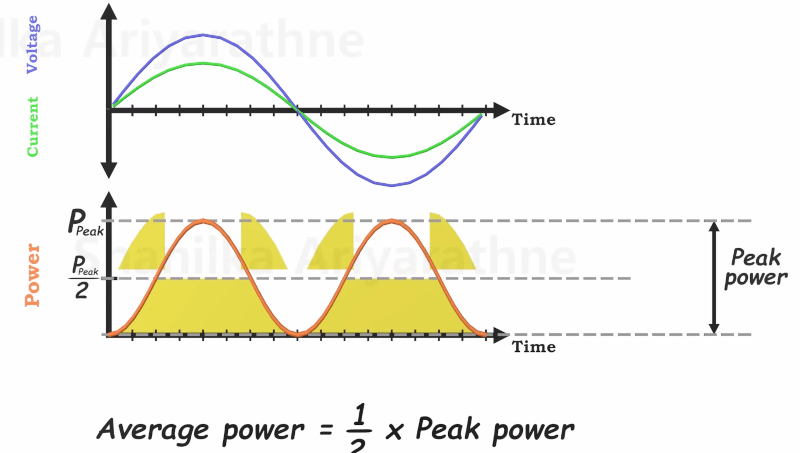
If you mostly deal with DC current, you might not think much of root mean square or RMS measurements. Sure, you’ve seen meters that have “true RMS” settings, but what does it mean? If you don’t know — or you want a refresher — watch [Prof MAD’s] recent video explaining the topic.
There are two things to remember when working with RMS. If you put, say, 100VDC through a 100-ohm resistor, you’ll draw 1A and use 100W of power. However, since AC gradually makes its way to a peak value and then starts ramping down immediately, you can’t use the peak value or anything like it to figure out AC power. After all, the voltage is only at that peak for an instant. That’s where RMS comes in. 100 VAC RMS through a 100-ohm resistor will also consume an average of 100W over time.
The other thing to remember is that we use shortcuts for sine waves where we take the peak voltage and divide by the square root of 2. That only works for sine waves. For anything else, you need either hairy math or some way to directly measure the power.
RMS is one of those details a lot of people miss so we’ve seen other explanations for it. If you want to derive the math for an arbitrarily complex AC waveform, you are probably going to need some calculus.
0 Commentaires